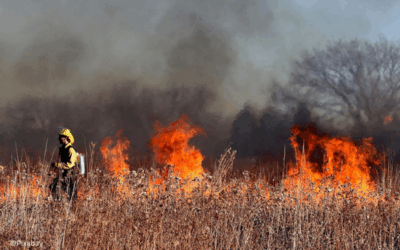Food security
Wars, conflicts and increasing weather extremes – these factors contribute to the fact that millions of people around the world are still experiencing hunger. This topic page looks at the issue of food security, both globally and nationally, and also takes a look at agriculture as critical infrastructure.

What is food security?
“Food security is when all people at all times have access to sufficient, safe, affordable and adequate food to lead healthy and active lives” (DRK).
To ensure this, the following requirements must be met (European Commission).
Availability
Physical availability (sufficient supply of food).
Access
Economic and physical access (requires sufficient income, stable markets, and affordable prices).
Supply
Supply of drinking water, wastewater treatment and health care.
Stability
Stability in terms of access to food (in the short, medium and long term).
Globale Situation
WHAT IS HUNGER?
Welthungerhilfe distinguishes between acute, chronic and hidden hunger.
• Acute hunger occurs over a definable period of time and is often associated with crises such as droughts, wars and disasters.
• Chronic hunger, on the other hand, is when hunger and/or malnutrition become a permanent condition. This usually occurs in the context of poverty (no healthy food, no clean water and no adequate health care).
• If important nutrients (e.g. iron, iodine, zinc, vitamin A) are missing due to lack of food, this is called hidden hunger. In the long term, nutrient deficiencies lead to disease, and can also be detrimental to regional development as the performance and health of the population declines.
By 2030, no one worldwide should suffer from hunger anymore. In recent years, however, the number of people suffering from hunger worldwide has risen again – in 2022, 735 million people and thus one in ten people in the world were affected by hunger (Welthungerhilfe 2022). Malnutrition, undernutrition and undernourishment not only affect individual fates, but can also have an impact on society as a whole. Therefore, the fight against hunger and food security is one of the 17 Sustainable Development Goals of the 2030 Agenda.
“End hunger, achieve food security and better nutrition, and promote sustainable agriculture.”
The Global Hunger Index
The World Hunger Index (GHI) examines hunger trends at the global, regional and national levels. Published annually in October since 2006, the report shows progress or setbacks in hunger reduction. The report is jointly published by Welthungerhilfe and Concern Wordwide. The full report can be found at Welthungerhilfe.
The GHI 2023 is showing a dramatic development. Progress against hunger has been in the shadow of contemporary crisis being prevalent in everyday life, leading to rising hunger in some parts of the world. The 2023 GHI score for the world is 18.3, considered moderate with little progress having been achieved since the implementation of the SDGs in 2015. In 14 countries no significant improvement in fighting hunger has been recorded leaving them with moderate, serious or alarming levels of hunger. In another 18 countries the situation has even worsened in comparison to the previous GHI. In 42 countries, the situation remains serious or alarming, meaning that the right to adequate food is violated for almost three-quarters of a billion people every day.
Based on recent development analysis, the GHI 2023 estimates that 58 countries are unlikely to reach low hunger levels in alignment with the 2030 Agenda, within the following seven years.
Despite conditions of hunger remaining on alarming and serious levels, there are some positive developments to note. For instance, Bangladesh and Nepal have successfully achieved reductions of five point or more between their 2015 and 2023 GHI scores (Welthungerhilfe).
The causes of hunger and food insecurity are many and often do not lie in the scarcity of food. According to Welthungerhilfe, wars and conflicts, weather extremes and disasters, and poverty and inequality are among the most common causes. In addition, there are distorted world trade, poor governance and waste of resources. These include unfair trade agreements, corruption, population growth, lack of property rights and water scarcity (European Commission).
Calculation of the GHI: The 4 Indicators
Undernourishment
The proportion of the population whose caloric needs are not met.
Child stunting
The proportion of children under five years of age who are too short of their age, evidence of chronic undernourishment
Child wasting
The proportion of children under five years of age weighing too little in relation to their respective heights, evidence of acute undernourishment
Child mortality
The proportion of children who die before their fifth birthday, reflecting in part of the fatal interaction of inadequate nutrition and an unhealthy environment.
Figure 1: World Hunger Index 2023 by severity. Bonn and Dublin: Welthungerhilfe and Concern Worldwide (Welthungerhilfe).
Climate change as a particular challenge
Climate change is posing increasing challenges to the food security of a growing world population and is pushing natural ecosystems to their limits. In recent years, crop losses due to extreme weather events, such as droughts or floods, have increased. 25% of damage and losses from climate-related disasters affect the global agricultural sector (GIZ 2020). This calls for the sustainable design of our current land and food system. German development cooperation supports the global fight against hunger and malnutrition (BMZ) through the special initiative “Transformation of Agricultural and Food Systems” of the German Federal Ministry for Economic Cooperation and Development (BMZ). For example, the Gesellschaft für Internationale Zusammenarbeit (engl. German Institute for international cooperation, GIZ) supports food security in several countries by training smallholder farmers in sustainable cultivation and irrigation methods as well as preventing post-harvest losses of food during transport and storage. Knowledge about healthy nutrition and hygiene practices, as well as access to drinking water and sanitation facilities, also improve the population’s nutritional situation (GIZ). During acute disasters, on the other hand, an immediate supply of food and drinking water to the population is necessary. Furthermore, there is an increasing focus on anticipatory action to distribute food, for example, based on early warning before a disaster occurs (IFRC, Anticipation Hub).
Food Security in Germany
In Germany, citizens can basically eat a healthy diet on their own responsibility. Nevertheless, the effects of climate change and global events such as the Ukraine war or the Corona pandemic are also making themselves felt here. In addition, food supply is subject to major national and international dependencies on other sectors, such as energy, water or transport. Especially with regard to the Ukraine crisis, the connections between rising oil and gas prices, wheat prices and food prices become clear (DKKV 2022). The Corona pandemic also had a direct impact on the availability of labor and transportation through e.g. border closures, leading to supply chain disruptions (Swinnen & McDermott 2020).

Trockens Maisfeld © iStock | Taglass
In addition, increasing periods of heat and drought in Germany, as well as heavy rain or storms, pose new challenges for agriculture. In past drought summers, for example, crop losses led to an increasing need for imported grain and drove up feed costs enormously. According to the German Farmers’ Association, total losses in agriculture in the drought year 2018 amounted to €2.5 million (Federal Environment Agency 2021). This requires adjustments – especially in water management. Appropriate tillage and cultivation methods, adapted varieties and crops, effective irrigation and sustainable groundwater management can safeguard agricultural yields. In spring 2023, the National Water Strategy was therefore adopted, which takes into account measures for the sustainable management of water resources from all relevant sectors – agriculture and nature conservation, administration and transport, urban development and industry (BMUV 2023).
For further information on the above-mentioned topics, please visit our topic pages:
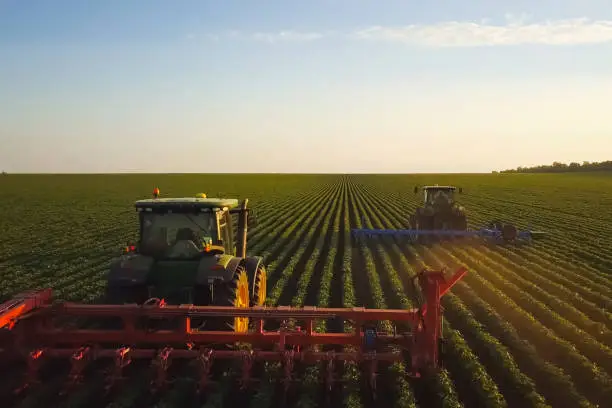
© Pixabay
Agriculture as Critical Infrastructure
In Germany, it is a fundamental obligation of the state to provide the population with sufficient food. This includes the entire food supply system, from agricultural production and processing to the sale of finished products. Because there can be a significant impact on the food supply if the system is disrupted, nutrition is considered a Critical Infrastructure Sector (BBK 2022). Critical infrastructures form the basic framework of a functioning society, supply the population with vital goods and services at all times and must therefore be protected.
In Germany, these critical services are provided directly by private-sector actors, such as farms, processing companies and distribution firms. In addition, the state plays a central and overriding role, for example, in ensuring the quality of food, providing supplies in the event of a crisis or promoting the population’s own precautions (BBK 2022). This is the responsibility of the Federal Ministry of Food and Agriculture (BMEL) and the subordinate Federal Agency for Agriculture and Food (BLE).
Emergency Nutrition care
The federal government sets aside reserves as part of the state emergency preparedness program to make up for short-term shortages in supplies and to provide for the population for days to weeks (BMEL). State emergency preparedness is divided into the Civil Emergency Reserve (long-grain and round-grain rice, peas, lentils, and condensed milk – intended to contribute to supply primarily in metropolitan areas) and the Federal Grain Reserve (wheat, rye, and oats – stored near mills) (BLE). Storage takes place in private sector companies identified through public tenders by BMEL. Stocks are stored for about ten years and then replaced by new commodities. However, the 150 storage locations are not disclosed because of passive security, among other things to prevent possible looting. The BLE (BMEL) is responsible for purchasing and control.
Private provision
Furthermore, the federal government recommends keeping basic personal food stocks for private provision. The BLE suggests a 10-day supply of 2,200 kcal per day per person. The food should be consumable in various emergency situations, such as power outages. In addition, two liters of water per day per person are recommended (BBK). The BLE provides a selection of foods on its website at www.ernaehrungsvorsorge.de. Further information on private preparedness can be found in the emergency guidebook of the Federal Office of Civil Protection and Disaster Preparedness.
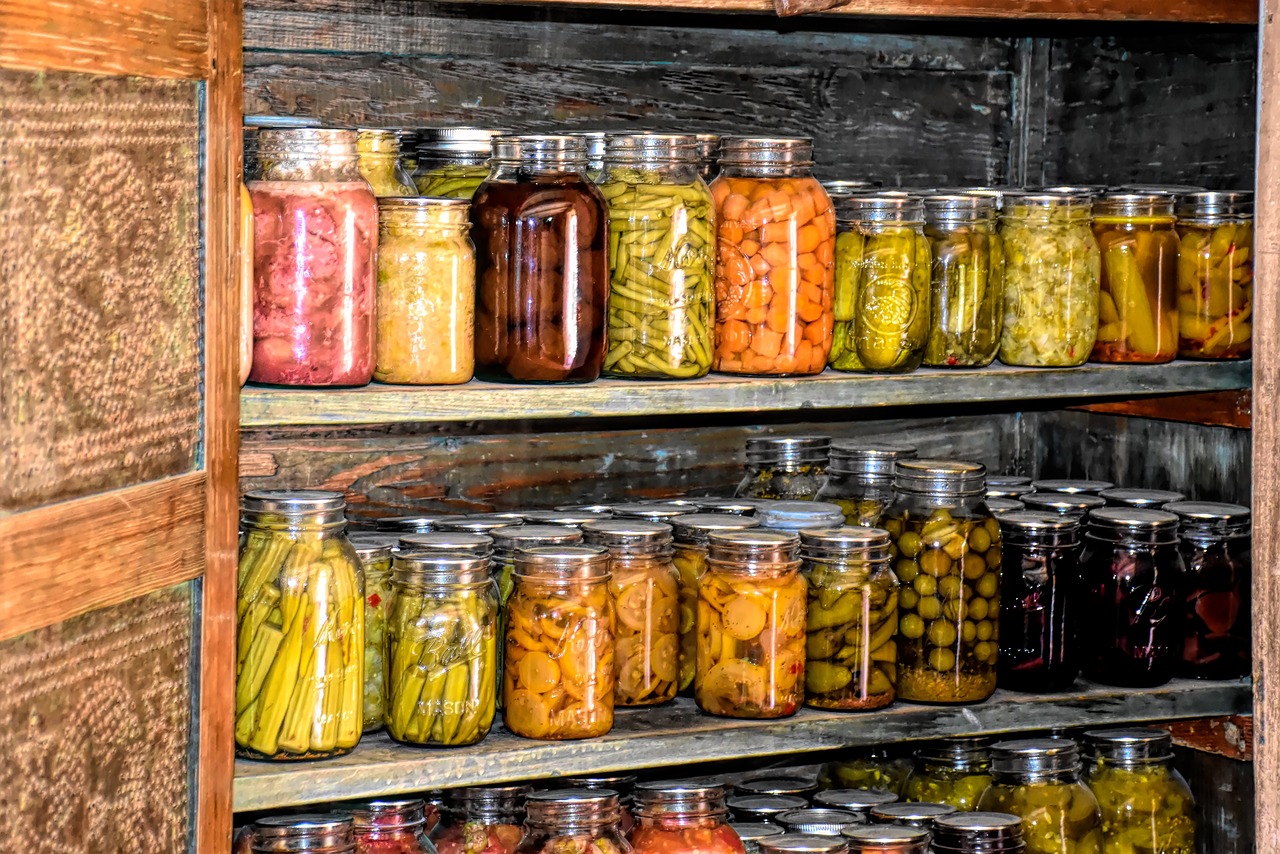
© Pixabay
Current Information
Heatwave and wildfires in Spain
The heatwave that hit Spain on 3 August is still going strong. Heat warnings are in place across almost the whole country. In many places, temperatures reached 40°C to 42°C, with Tuesday marking the hottest day so far at 45°C. Even at night, minimum temperatures of...
Erstellt: September 2023
Further Links
DKKV
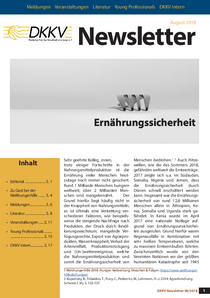
Newsletter Ernährungssicherheit
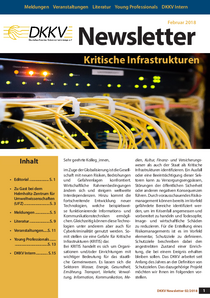
Newsletter Kritische Infrastruktur
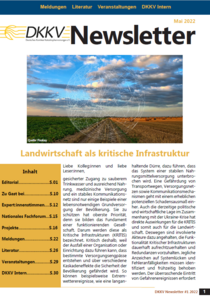
Newsletter Landwirtschaft als Kritische Infrastruktur
Further Informationen
Anticipation Hub
Key principles to anticipate the food crises



